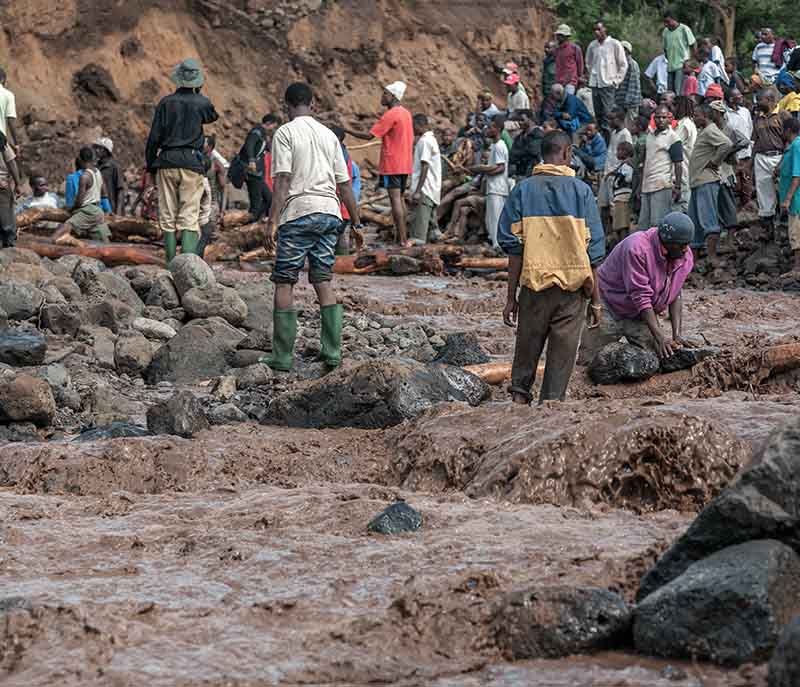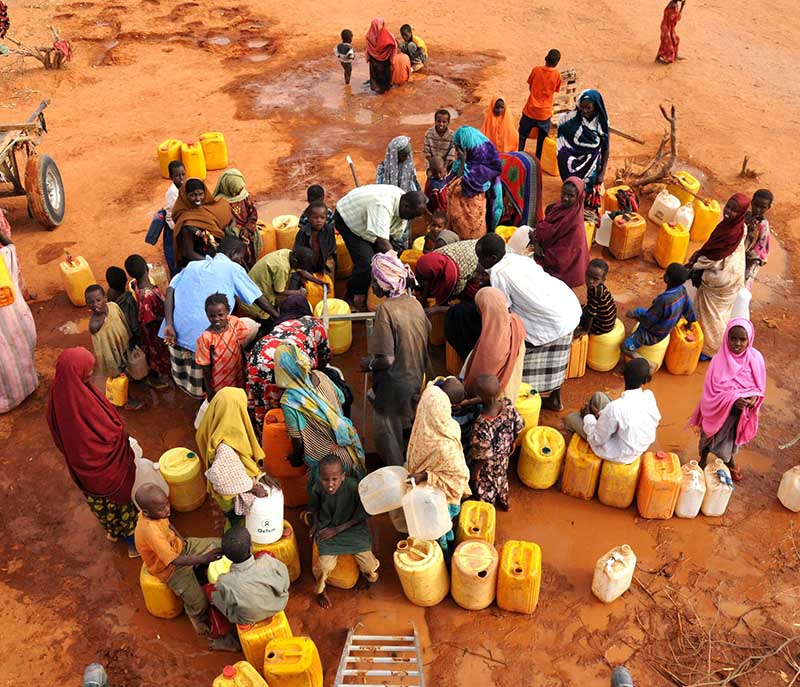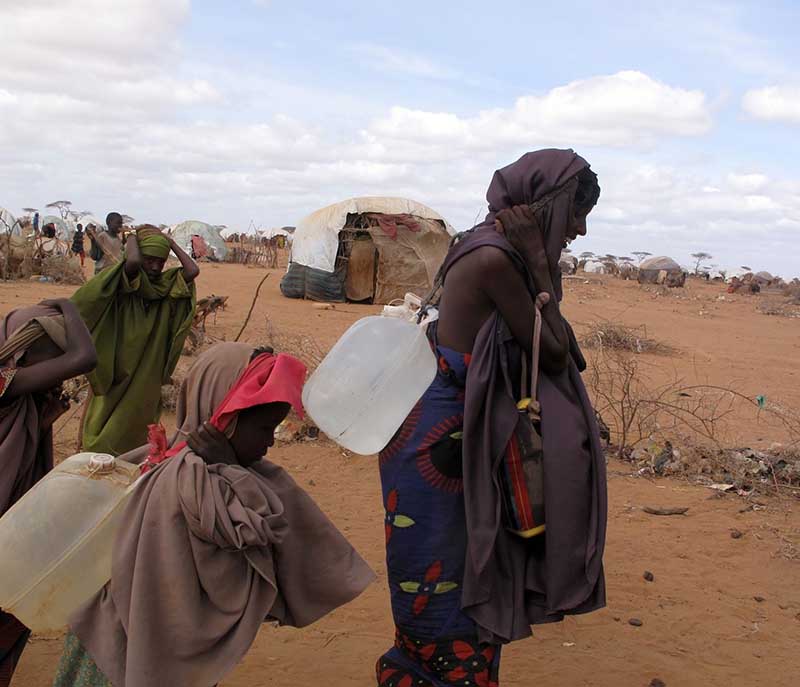Competition Brief
For the resolution of humanitarian emergencies in Africa
Emergencies strike suddenly and without warning. They level cities to the ground and tear down buildings as though they were made of sand. In almost no time at all everything is destroyed and all that remains is the realisation that you have to get up and start all over again from scratch.
In recent years the occurrence of deluges and flooding have increased dramatically. Analogously, conflicts and financial crises persist and lead to the development of serious humanitarian emergencies which put the lives of millions of people at risk.
Resolving an emergency of any kind means re-establishing peace and security. The crisis must be dealt with in a timely and coordinated manner that includes reception, sensibility, and awareness. What we are looking for, therefore, is the design of a structure that will house an EOC (Emergency Operations Center) and that can help to facilitate the humanitarian operations of international organisations, allowing them to act with the utmost efficiency. The EOC structure is intended to be a model which supports the countless humanitarian initiatives that international organisations implement in an effort to create a better world.
Theme
People who are victims of war, floodings, earthquakes, and tsunamis; refugees forced to abandon their own home due to epidemics, revolutions, dictatorial or racial oppression, or genocide: these are just some of the emergency situations that kill millions of people and create millions of evacuees each year. Many organisations are working hard to tackle an incredibly wide range of emergency situations, with the primary objective of saving and protecting human lives, alleviating situations of suffering, maintaining human dignity and a respect for the international rights of man, and avoiding that crises expand, continue, or worsen. Their actions, therefore, focus on reconstructing the community from a psychological, sanitary, and logistic point of view. Their actions generally consist in providing healthcare, distributing supplies and primary goods, organising refugee camps, rebuilding structures and basic infrastructure, etc. Emergency humanitarian aid is organised at international level and involves various components of civil society, associations, volunteers, and non-government organisations. The United Nations coordinates large scale humanitarian aid through OCHA (the Office for the Coordination of Humanitarian Affairs), while the European Commission acts through ECHO. The object of the competition is to design an operational centre for the management of humanitarian emergencies in Sub-Saharan Africa. The structure is intended to house and facilitate all of the most important initiatives which international organisations and local authorities must implement in order to deal with emergencies and provide aid to affected communities. The spaces must be versatile and multifunctional, capable of adapting to specific needs and to the type and context of the emergency. The structure must be designed as a temporary or semi-permanent structure, eventually capable of being dismantled and reassembled if need be, in order to manage the logistics of the emergency as well as possible, whether on a small or large scale.
Prizes
1st prize
5.000€ - Internship at Kengo Kuma & Associates in Tokyo, Japan
2nd prize
1.500€ - Internship at SBGA Blengini Ghirardelli, Milan, Italy
3rd prize
1.000€ - Internship at Mphethi Morojele Architect, Johannesburg, South Africa
Honorables Mentions
100€ - Pubblication on the book and magazines - Certificate
5 Special Mentions
Pubblication on the book and magazines - Certificate
20 Finalists
Pubblication on the book and magazines - Certificate
All awarded teams will be presented with an official certificate from the competition.
All awarded projects will be published in the competition’s official book and on its website, transmitted to architectural websites and other architectural contexts, and displayed at architectural events. The projects may also be published in national and international architecture magazines.
Project
Sub-Saharan Africa
Emergencies affect every part of the globe. Nevertheless, due to the vastness and complexity of the topic, the competition had to narrow down the area of intervention, ultimately focusing on an area that generally has comparable environmental and social characteristics, making it possible to come up with an effective model for such a context. Therefore the project is localised to Africa and, more specifically, to Sub-Saharan Africa.
The EOC project will need to concentrate on the part of Africa in which species of trees, climatic conditions, and cultural roots are comparable to one another. In most cases this will make it possible to, for example, identify common and usable natural materials.
The ideal Lot
An emergency is something that transforms and disrupts a social and environmental context in just a few hours (for example a flood). In other cases it is a situation that persists and that requires stability over time (for example a conflict). Therefore a specific lot does not exist. Instead what is needed is an architectural model that can be adapted to various kinds of emergencies and is resistant to certain environmental situations (for example wind and flooding). Participants are therefore free to design an “adaptable” structure that can conform to multiple contexts or to come up with a structure conceived for a specific emergency but that is modular and can be modified under different conditions.
Design
The goal of the project to create an operational centre that manages
humanitarian crises is to facilitate initiatives that provide aid.
Given that an emergency is an unforeseeable event, the structure
must adhere to certain construction requirements, meaning that it
must be easily and quickly built using natural materials that are easy
to put together, or using materials that are present at the site of the
disaster and which can be then reused to serve a new architectural
function, or yet still, as in the case of a semi-permanent structure,
can be converted into something useful for reconstruction when the
emergency is over.



Join the competition
Register and design your Emergency Operations Center
